At the 9th Session of the 15th National Assembly, 5 laws marking an important turning point in the fields of science , technology, innovation and digital transformation in Vietnam were passed with a high approval rate.
These are the Law on Science, Technology and Innovation; Law on Digital Technology Industry; Law on Product and Goods Quality (amended); Law on Vietnamese Technical Standards and Regulations (amended); Law on Atomic Energy (amended).
Although these draft laws were drafted 1-2 years ago, their content has been almost completely changed with the adoption of new policies and ideas of Resolution 57-NQ/TW issued on December 22, 2024.
With major adjustments in principles and many new points institutionalized for the first time, the laws are expected to contribute to removing bottlenecks in the field of science and technology; helping to manage the quality of goods and products, the process of entering the market, and international integration to become increasingly deeper.
Promoting integration in standardization activities
On June 14, 2025, at the 9th Session, the 15th National Assembly officially passed the Law amending and supplementing a number of articles of the Law on Technical Standards and Regulations. The Law is built on the spirit of strong innovation, institutionalizing the major policies of the Party and State in promoting science and technology, innovation and digital transformation; fully internalizing international commitments of the World Trade Organization as well as in new-generation free trade agreements.
According to Dr. Ha Minh Hiep, Chairman of the National Committee for Standards, Metrology and Quality, the revised Law on Technical Standards and Regulations this time has 6 notable new points.
That is, for the first time, the National Standards Strategy is legalized as a long-term planning tool, orienting the construction of a modern, internationally harmonized standards system; at the same time, establishing the legal status of the National Standards Agency to enhance coordination capacity and international integration (Article 8a).
In addition, the Law also establishes a National Database on standards, measurements, and quality. This is the foundation for digital management, increasing post-audit efficiency, reducing compliance costs and administrative procedures for businesses (Articles 8c, 45, 48).
The Law also reforms the process of developing standards and technical regulations in the direction of shortening the time, increasing transparency, promoting the participation of enterprises and associations; and encouraging the application of international standards for high technology and new technology (Articles 10a, 17, 32, 44).
The national “one product-one standard” principle has been clearly stated in the Law to overcome overlapping and fragmentation in management; expand the right to develop and apply standards for enterprises and associations to socialize standardization activities (Articles 11a, 26a, 44).
The Law also has provisions on simplifying conformity declaration procedures, switching to online reporting via the National Database; exempting declaration for products that have been fully quality controlled according to specialized laws (Articles 45, 46, 48).
The Law has added a mechanism for unilateral recognition of international conformity assessment results for high-tech products such as 5G, IoT, semiconductor chips, etc. in cases where domestic testing capacity does not meet requirements (Article 57).
The approval of the Law on Technical Standards and Regulations of Vietnam (amended) and expected to take effect from January 1, 2026 is an important step in completing the legal framework, helping Vietnam improve national quality, meet the requirements of deep integration and promote innovation.
With a comprehensive and transparent approach, the Law creates a favorable legal corridor for businesses, while enhancing the effectiveness of state management in this key area.
Transforming management methods towards modernity, transparency and digitalization
On June 18, 2025, the National Assembly continued to pass the Law amending and supplementing a number of articles of the Law on Product and Goods Quality. According to Dr. Ha Minh Hiep, the Law has 3 fundamental innovations in the method of managing product and goods quality.
Sorting fresh lychees for domestic and export markets, at a household growing lychees according to VietGAP standards, at the Luc Ngan Green Cooperative, Luc Ngan district, Bac Giang province. (Photo: Vu Sinh/VNA)
It is a shift from administrative management to risk management. The law no longer divides products into administrative groups but classifies them according to risk: Low-medium-high (Article 5).
High-risk goods (over or under 100 products) will be controlled by a conformity assessment organization, applying technology and traceability. Medium-risk goods can be self-declared by the enterprise or assessed by a certification organization. Low-risk goods are self-declared by the unit.
In addition, the provisions of the Law clearly state the shift from pre-control to post-control based on data and technology. The Law fully stipulates the National Quality Infrastructure (NQI) with 5 elements: Standards-Measurement-Conformity Assessment-Recognition-Market Surveillance (Article 6b).
Thanks to that, the digitization and connection of information on standards, certification, testing, measurement, etc. are implemented transparently, supporting supply chain control and early warning.
Minister of Science and Technology Nguyen Manh Hung said that for the first time, the concept of national quality infrastructure was mentioned, as an ecosystem including standards, regulations, measurement, testing, certification and recognition.
This is an essential foundation to ensure the quality of goods, promote international trade, international integration, increase productivity and innovation, ensure safety for people and the environment, and improve state management capacity.
“This is a big step forward in quality management. Quality management is considered a national infrastructure, like transportation, electricity and water infrastructure, and the State must invest in construction and operation.
The State is responsible for investing in building and operating national quality infrastructure as a foundation for businesses and organizations to proactively participate, exploit and improve product quality,” Minister Nguyen Manh Hung emphasized.
In particular, the Law clearly states a number of responsibilities and sanctions such as: Social and professional organizations and consumer protection organizations have increased supervisory rights by being allowed to test, survey and warn about the quality of goods.
The Law also adds provisions on quality management on digital platforms, assigns responsibility to sellers and e-commerce platform owners in disclosing information, receiving complaints, and handling violations (Article 34b); expands the list of prohibited violations such as false advertising, trading in products of unknown origin or not meeting standards/regulations (Article 8); supports small and medium-sized enterprises in testing, training, applying international standards and improving competitiveness (Article 6c).
According to Minister Nguyen Manh Hung, ensuring the quality of Vietnamese products and goods and constantly improving their quality is to protect the breed and enhance the brand, so the State will join hands with businesses.
The State's increased investment in national digital platforms and national quality infrastructure for monitoring and post-inspection instead of pre-inspection is a joint effort to reduce the compliance burden on businesses.
Therefore, businesses will also join hands by enhancing their self-responsibility and accepting that if post-auditing discovers any violations in self-declaration, the penalties will be more severe and they may be stripped of their right to self-declaration. This is a balanced approach, a sustainable development./.
(Vietnam+)
Source: https://www.vietnamplus.vn/nghi-quyet-57-hoan-thien-the-che-nang-tam-chat-luong-san-pham-hang-hoa-post1048222.vnp


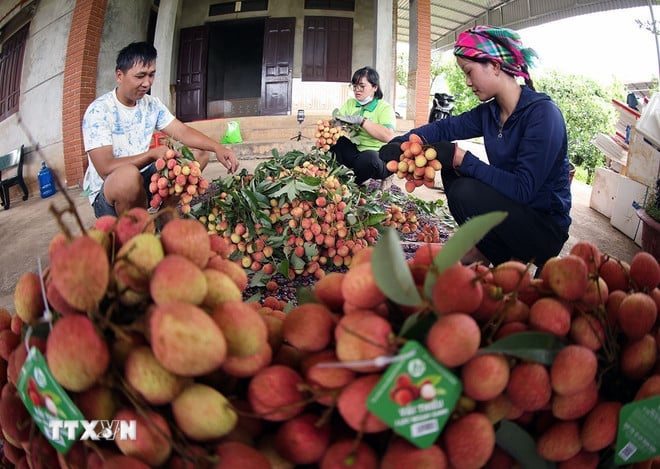

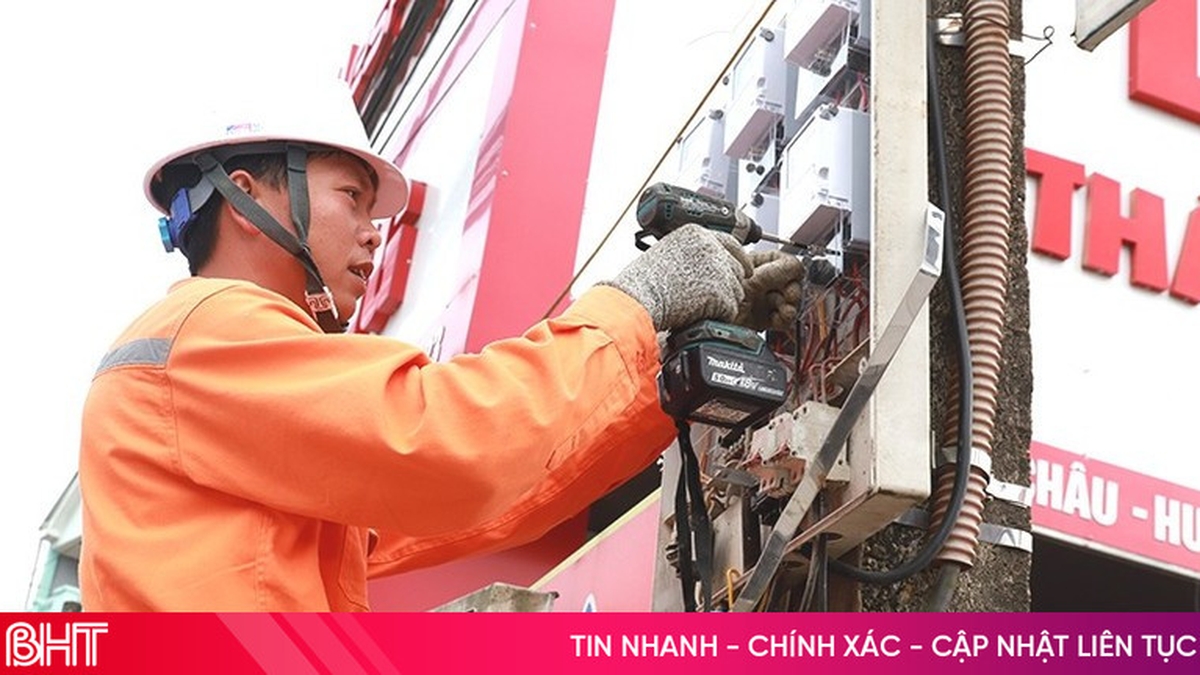
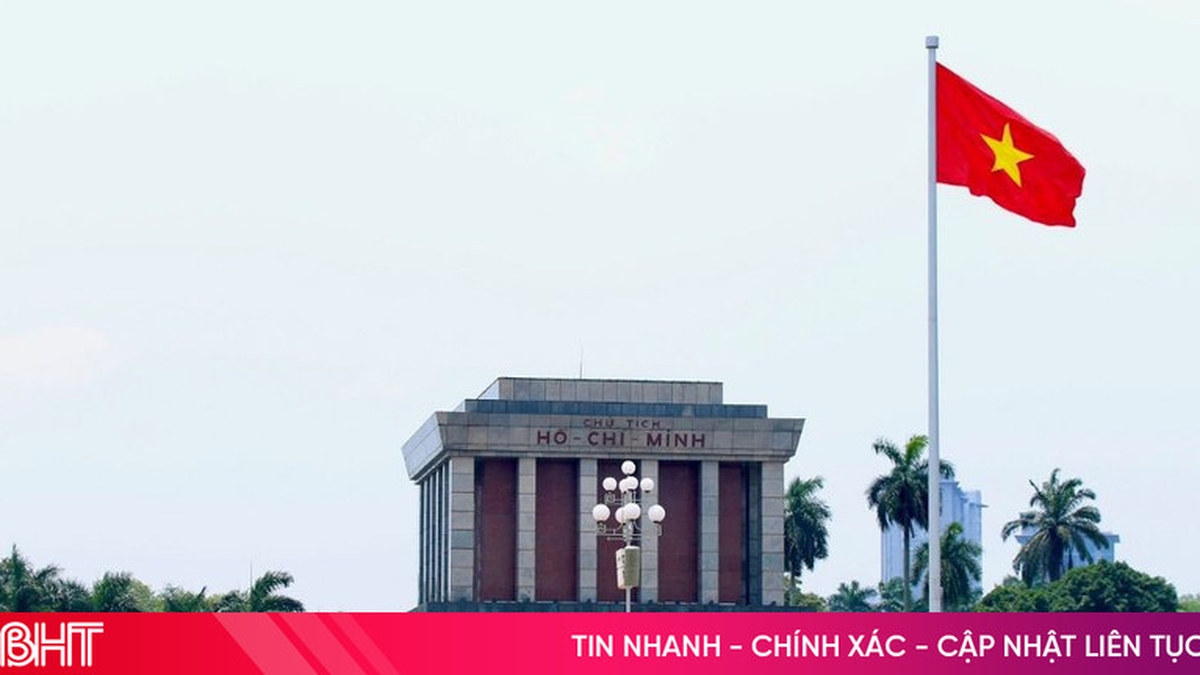





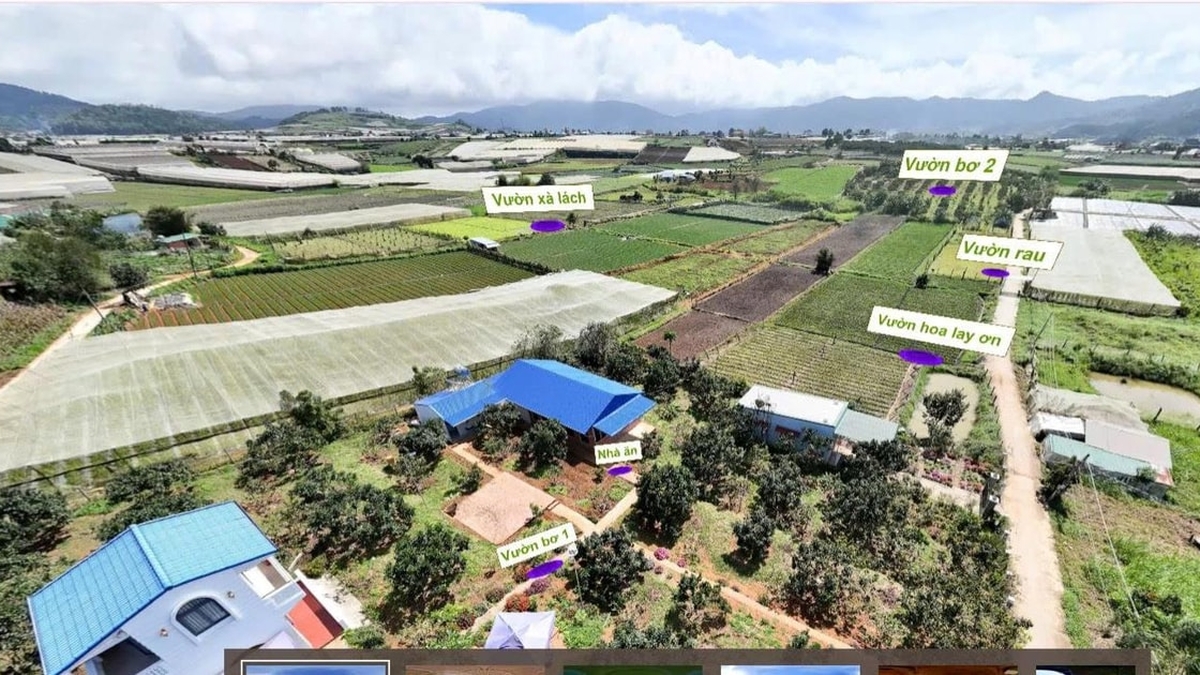



















![[Photo] National Assembly Chairman attends the seminar "Building and operating an international financial center and recommendations for Vietnam"](https://vphoto.vietnam.vn/thumb/1200x675/vietnam/resource/IMAGE/2025/7/28/76393436936e457db31ec84433289f72)






























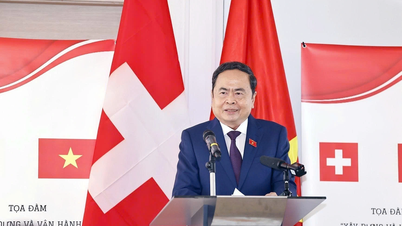






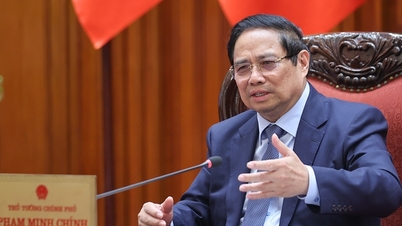






























Comment (0)